


We drove the Honda City (manual transmission) for over 4,000 kilometres, far away from its natural urban surroundings, to see if this car can double up as a tourer
Day One
The drive began from Pune in the wee hours of a chilly Friday morning. We took NH 4 at Chandani Chowk and headed for Mumbai. After joining the Pune-Mumbai expressway ahead, it took us an hour-and-a-half to reach Panvel. Thereafter, we took the Ghodbunder Road that goes through Thane and reached the junction where it joins NH 8. After breakfast, we headed northwards on NH 8 towards Gujarat.
Shortly after crossing the State border we went off the highway. An eight-kilometre drive through a narrow village road brought us to the town of Sanjan, near the western coast. The Zoroastrian (Parsi) community of India founded this town when they migrated here thirteen centuries ago. After a visit to the fire temple (agyari) and a monument dedicated to the Parsis here, we headed back to the highway. From here onwards the road was comparable to motorways in the developed countries. The Gujarat government deserves a pat on the back for the quality of highways in the State. We bypassed Surat in the evening and reached Vadodara at 9.30 pm, our destination for the first day.
(Distance travelled: 550 km)


 Day Two
Day Two
Driving further northwards on NH 8 we reached Ahmedabad. It is the biggest city in Gujarat, spread along the banks of the river Sabarmati. Ahmedabad has many heritage structures, the famous Sidi Saeed mosque being one of them. Some of the arches of the mosque have windows with intricate latticework in stone. The design of one particular window is used unofficially as the symbol for the city. After the visit we left Ahmedabad to join the NH 8A. After about 50 km, we went off the highway and took the road going down south via Fedara. A signboard for a 10-km detour to the ancient port city of Lothal appeared on our way. Lothal was a Harappan town flourishing with trade brought in by the sea merchants from the west between 2500-1900 BCE. The excavation site here has revealed the remains of a well-planned town and the museum next to it houses many Harappan artefacts used during the time.
The road further had marshland on both sides. Migratory birds could be seen hopping about in search of the fish trapped in small puddles. Our Olympus 10×50 DPS I binocular helped us in having a close look at the rare birds. It was dark by the time we reached Bhavnagar, where we stayed for the night.
(Distance travelled: 320 km)


 Day Three
Day Three
We started early to reach in time for the last animal safari of the day in the Gir wildlife sanctuary. After driving on NH 8E for about 30 km, we took a left from Trapej to visit the ship recycling yards at Alang. Almost half of the world’s written off sea vessels are recycled here. The town is highly polluted, but the sight of hundreds of ships docked in a line is worth a visit. We came to the highway and went up to Una, where we left NH 8E and entered a narrow rustic road that went inside the forest. The City’s low ground clearance reduced our speed here as the potholes and speed-breakers made us crawl across to avoid damaging the car’s under-body.
After an hour’s drive, we found ourselves surrounded by dense foliage on both sides of the road. We made it to village Sasan in Gir by 2.30 pm and checked in at a resort. Animal safaris leave from the Sinh Sadan at Sasan at 6.00 am, 9.00 am and 3.00 pm. One needs to fill in a form and submit proof of identity here. The safari costs Rs 2,000. Cameras are charged extra.
Gir is the last remaining habitat of the Asiatic lion. The forest is spread over 1,400 square kilometres and has 411 lions. Spotted deer are a frequent sight in the forest. Monkeys, sambhars and wild boars were also seen, but the mighty lion eluded a sighting until the last hour of the safari. Finally, we were able to spot the mighty predator. It was a lone young male resting in thick foliage after a hunt. We put the couple of Olympus ILCCs (Interchangeable Lens Compact Camera) we had to good use. ILCCs are basically compact DSLR (digital single-lens reflex) cameras. The E-P3 and E-PL3 models have LCD display on their back. This allows the user to shoot the picture without keeping his/her eye riveted to the view-finder. However, no picture can capture the experience of watching the king of the jungle in reality.
(Distance travelled: 300 km)


 Day Four
Day Four
A visit to the famous Somanth temple calls for a 50-km drive towards the coast from Sasan. As is well known, the temple is dedicated to Lord Shiva. The temple was first built in the 11th century using gold and silver. Unfortunately, its material value attracted invaders from foreign lands several times. It has been destroyed and rebuilt seven times to date! The current version was built in 1951, albeit without the liberal use of precious metals. This edifice is 50 metres high and offers a beautiful view of the Arabian Sea at the back.
After visiting the temple, we headed towards the north-west on NH 8E and reached Porbandar by 4.00 pm. The last 55 kilometres of this particular road were sheer bliss. The weather was cloudy, the road wide and straight and, just after Madhavpur, there was a two-kilometre stretch that ran along the coast, offering one a panoramic view of the sea on the left.
We left Porbandar at 6.30 pm for a high-speed drive to Dwarka. The road was smooth and the traffic sparse. As a result we could cover this 100-km distance in just one hour and 15 minutes.
(Distance travelled: 280 km)


 Day Five
Day Five
Dwarka is the north-western tip of Saurashtra. The famous Dwarkadheesh temple here is dedicated to Lord Krishna. It is an old structure and houses a number of shrines within its precincts. Behind the temple is an embankment on the river Gomati, which meets the Arabian Sea just a few hundred metres ahead.
After breakfast, we left the holy city and headed eastward towards Jamnagar. We passed the huge oil refineries of Jamnagar en route and drove on until we reached Morbi, the famous pottery town. The sky bridge along the perimeter of the royal Darbargadh Palace here leads to the famous ‘julto pul’ behind it, a 223-metre-long suspension bridge over the river Machchhu.
It was dark by the time we left Morbi. There were no other source of light on the road apart from the headlights of our Honda City. At one point, the car in front of me hit something squarely and a black mass suddenly hove in sight. I slammed on the brakes hard and turned the wheel sharply towards the left to avoid what I realised was a dead buffalo lying on the road. I was amazed to see how well the City handled the sudden braking and change in direction. There was hardly any body-roll and the car’s nose didn’t dive at all! My heart, however, was pumping wildly. It took me a while to recover and resume driving. Luckily, we were just 20 kilometres away from our destination, the village Dasada located near the little Rann of Kutch.
(Distance travelled: 400 km)


 Day Six
Day Six
The Rann Riders resort at Dasada is the best accommodation one can get near the little Rann. What is even more remarkable, the owner goes beyond mere business and treats you like a personal guest. Although no rooms were available at the resort that night, the owner went out of his way to arrange accommodation for us. While a room was being prepared, he urged us to have dinner.
In the morning, the landlord provided a guide for us to visit the little Rann. The Rann is a massive expanse of flat land as dry as dust. In fact, it is so dry that the entire surface of the land has cracks and makes a crumbling sound when you step on it.
Driving on the Rann is a liberating experience. There is nothing and no one in sight in all directions and the flat surface is ideal for high-speed runs. After an hour’s play, we returned to the resort. The owner suggested an alternative route to the one I had in mind for the drive further on as that road had bad patches until midway. We decided to reach Barmer instead of Jaisalmer to compensate for the detour.
It was a long and uneventful drive that day and the temperature was high. The City’s powerful air-conditioning system and the excellent music system were our saviours. USB connectivity for the stereo allows one to enjoy their iPod/MP3 player playlists while on the go in the City.
We entered Rajasthan by dusk and continued northwards on NH 15. There was a drastic fall in ambient temperature by nightfall, which we realised only after stepping out of the City’s comfortable cabin at Barmer. We were halfway through our journey now, but there was hardly any fatigue from the long hours of driving every day.
(Distance travelled: 400 km)


 Day Seven
Day Seven
We went for a small hike in the sand dunes of Barmer at dawn and experienced the first rays of the sun turn the desert golden. We left the town after breakfast and continued northwards on NH 15 for Jaisalmer. A 150-km-long straight and smooth road with hardly any traffic! I floored the accelerator and ripped through the chilly morning air to reach Jaisalmer in barely an hour-and-a-half.
The Jaisalmer fort is a gigantic structure built atop a hill. In fact, Jaisalmer is a fort city. Four thousand people live inside the fort even today. The Patwa Haveli (mansion) is just a 10-minute walk from the fort. The carvings on the stone walls of the houses here are beautiful and still intact.
After lunch, we were back on NH 15. The Jaisalmer-Pokharan road is an even better stretch than the one we drove on in the morning. However, one needs to be alert while doing high speeds on highways in Gujarat and Rajasthan as stray cattle and dogs often make a sudden appearance on the road. A small break was due at Pokharan, but the drive was too enjoyable to interrupt. We went all the way to Bikaner and stopped only after reaching the hotel parking.
(Distance travelled: 500 km)


 Day Eight
Day Eight
After a visit to the royal Junagadh Fort, we went for a typically local breakfast: raj kachori, chhole bhature, chhole tikki and two plates of gol gappe!
The visit over, we left Bikaner and drove down to Jodhpur on NH 89 that joins NH 65 at Nagaur. The Mehrangadh fort here is a must-visit. The old part of the ‘blue city’ does indeed look blue from the hilltop fort. The fort appears like an extension of the hill itself and has multiple perimeters of fortification surrounding it that resemble the Great Wall of China.
(Distance travelled: 250 km)


 Day Nine
Day Nine
We started at 4.00 am as it was going to be a long day. We drove down south towards Udaipur on NH 65, which joined NH 14 at Pali. Going ahead we left NH 14 after taking a left turn and entered the Aravali range. The hilly road enjoys cool weather because of the green cover and has nice curves. The road meets NH 76 about 50 km before Udaipur.
Udaipur is called the ‘lake city’ owing to the five lakes in that city. We went to the Fatehgadh Palace Hotel here which overlooks the city from atop a hillock. It commands a nice view of the Fatehsagar and Pichola lakes and the royal palace of Udaipur.
We left Udaipur after lunch and re-entered Gujarat by evening. We were in Ahmedabad at 8.00 pm.
(Distance travelled: 490 km)


 Day Ten
Day Ten
We visited the Gandhi Ashram in Ahmedabad the next morning. On display here is an impressive collection of the Mahatma’s pictures from his childhood until his demise. After the visit we went for breakfast to a place famous for its highly unusual setting. The Lucky Restaurant beside the Sidi Saeed mosque is built amid a graveyard! What’s more, the owner has kept the graves intact. There are graves in the seating area between the dining tables!
We re-joined NH 8 after leaving the city behind and stopped for lunch at Vadodara at 2.00 pm. We went past Surat in the evening and called it a day at Navsari, 20 km ahead.
(Distance travelled: 310 km)
Day Eleven
Navsari is just 20 km away from the Dandi beach where Mahatma Gandhi made salt at the end of the famous Salt March. Apart from a few fishermen, who were busy sorting the morning’s catch, the beach was completely deserted. After enjoying a drive on the beach, we returned to Navsari and re-joined NH 8. We crossed the State border at noon and reached our final destination (Pune) by evening.
Our journey had come to an end. We had covered over 4,300 km during this 11-day drive, but the City looked as good as new after a wash. Apart from its low ground clearance, there are hardly any areas where the City falls short of expectations. We managed the whole drive without a single service. The car suffered no mechanical failures and returned an average fuel efficiency of 14 km per litre. The City has proved yet again that it is the best mid-size petrol sedan available in India.
Story: Piyush Sonsale
Photography: Sanjay Raikar


 The Olympus Kit Bag
The Olympus Kit Bag
Photography equipment for our Rajasthan-Gujarat tour was provided by Olympus. The kit included Olympus E-P3 and Olympus E-PL3 camera bodies with M.ZUIKO DIGITAL 14-42 mm f/3.5-5.6 II R and M.ZUIKO DIGITAL ED 12 mm f/2.0 lenses, an Olympus Tough TG 810 point-and-shoot camera and Olympus 10×50 DPS I binoculars.
The E-P3 and E-PL3 are Interchangeable Lens Compact Cameras (ILCC) based on the Micro Four Thirds System. These cameras and lenses are compact and lightweight compared to D-SLRs with similar specifications and, therefore, are very comfortable to carry around. Light bodies also facilitates the use of light tripods, which is a very important factor when you consider a long photographic trip. All Olympus camera bodies come with in-body (sensor-shift) image stabilisation, which helps capture blur-free images even in low light.

 The 14-42 mm lens provided a 35 mm-equivalent focal length of 28-84 mm, which is standard for the 35-mm cameras. The lens proved to be a credible all-rounder. Combined with the E-P3, it produced brilliant images with good contrast. The 12-mm f/2.0 lens provides a 35 mm-equivalent focal length of 24 mm. This fast lens is very compact and the focusing is very fast and silent. The lens is ideal for landscapes, architecture and cramped spaces. It was particularly useful in capturing the vast expanse of the Jaisalmer fort, photographing the exhibits of Mehrangad fort, recording the cramped rooms of Sabarmati Ashram and shooting the car and bike along with beautiful landscapes. Combined with the small E-PL3 body, the 12-mm lens could be carried around without grabbing too much attention.
The 14-42 mm lens provided a 35 mm-equivalent focal length of 28-84 mm, which is standard for the 35-mm cameras. The lens proved to be a credible all-rounder. Combined with the E-P3, it produced brilliant images with good contrast. The 12-mm f/2.0 lens provides a 35 mm-equivalent focal length of 24 mm. This fast lens is very compact and the focusing is very fast and silent. The lens is ideal for landscapes, architecture and cramped spaces. It was particularly useful in capturing the vast expanse of the Jaisalmer fort, photographing the exhibits of Mehrangad fort, recording the cramped rooms of Sabarmati Ashram and shooting the car and bike along with beautiful landscapes. Combined with the small E-PL3 body, the 12-mm lens could be carried around without grabbing too much attention.
The tough TG-810 is a waterproof, shockproof, freeze-proof and crush-proof compact camera with a 28-140 mm zoom. The camera proved its mettle, though we did not put it through any crash test. It has a built-in electronic compass and GPS receiver that identifies and displays over 7,00,000 landmarks in the world.
The Olympus equipment helped us get beautiful images of the places we visited and, thanks to their lightweight system, we never felt the load even once during this long trip.






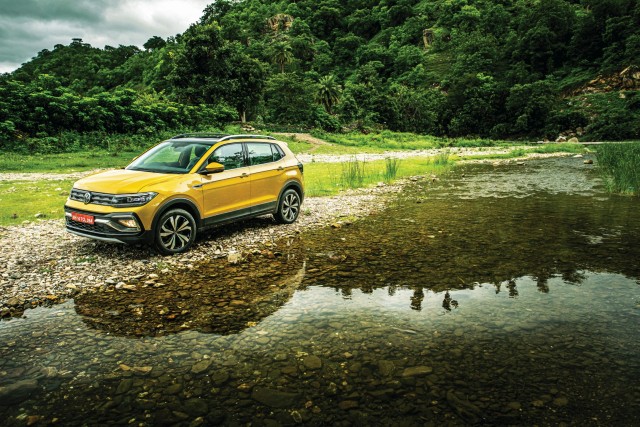
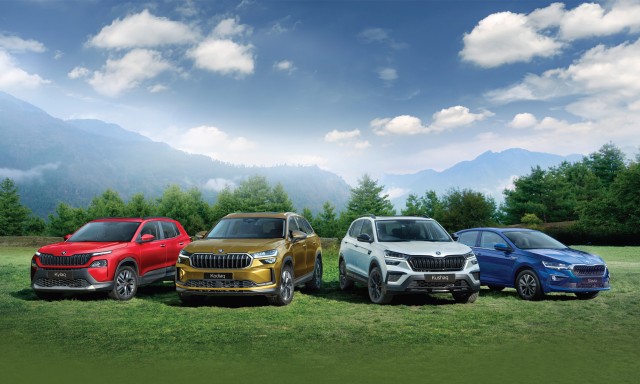

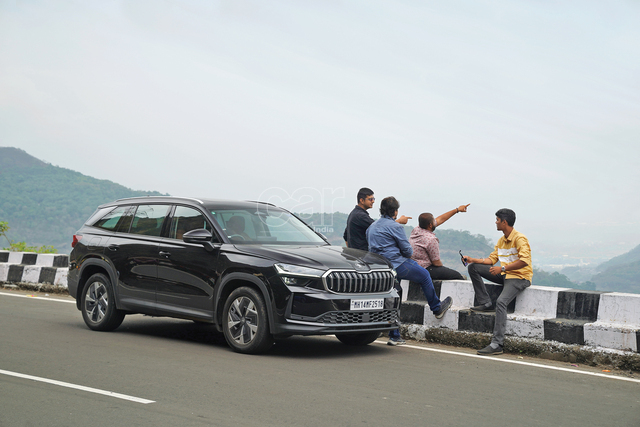


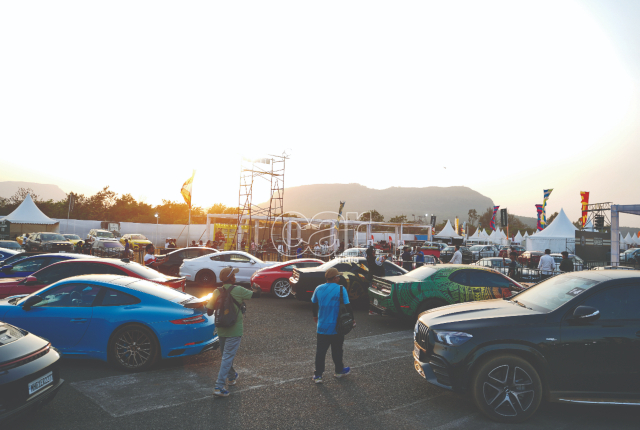
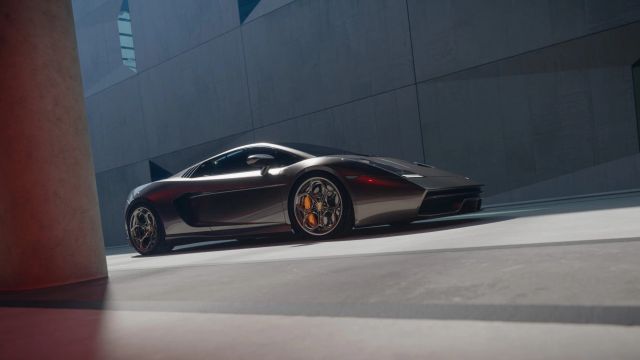
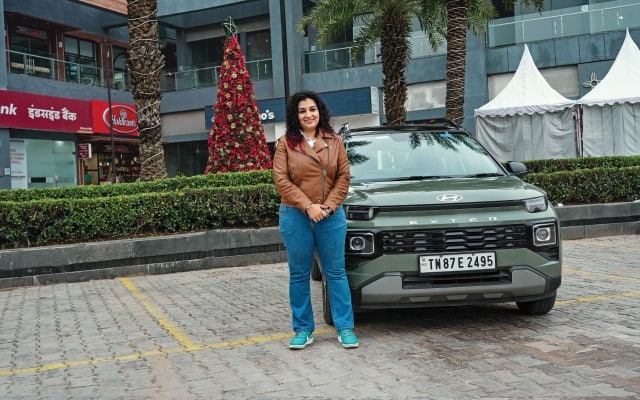
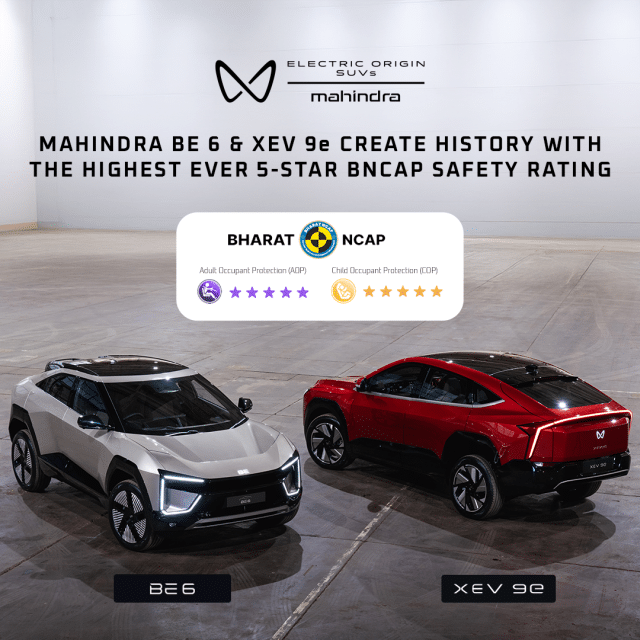
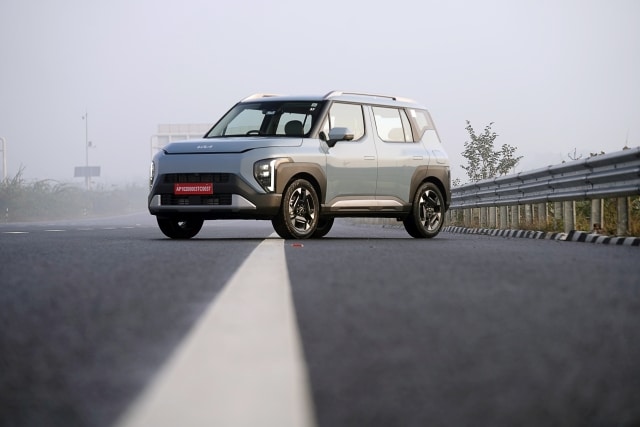



Leave a Reply